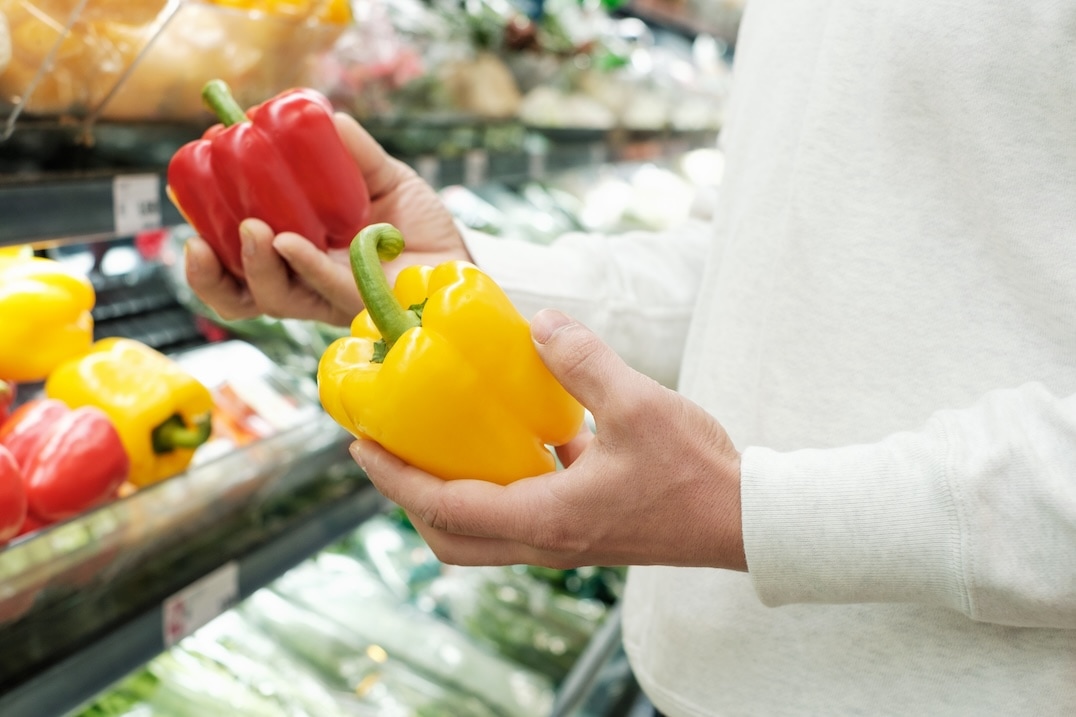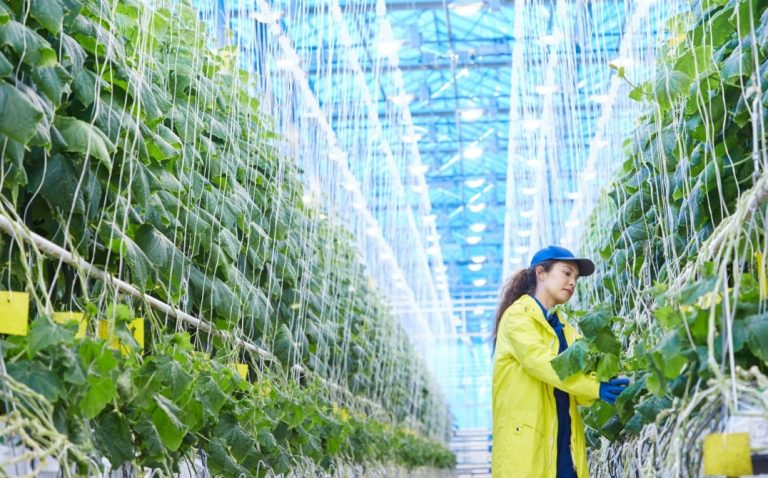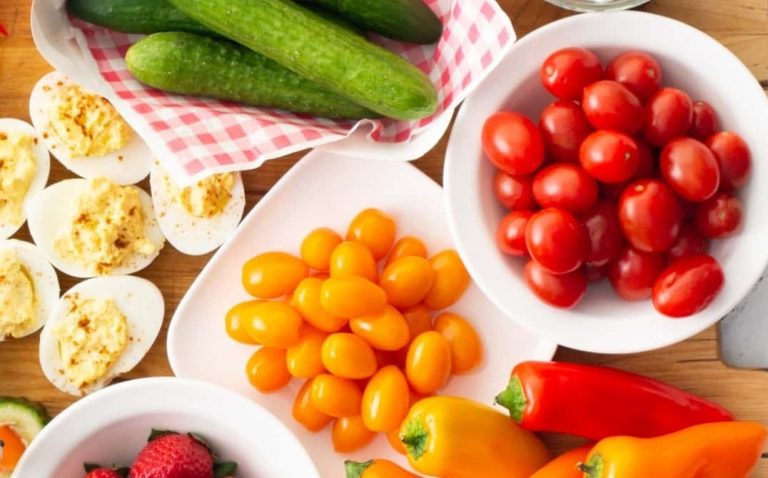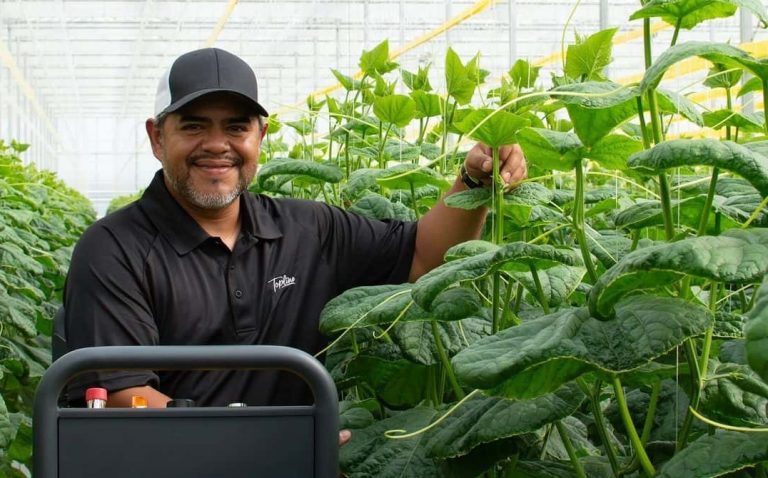When shopping for fresh vegetables, you may have noticed that Greenhouse grown produce looks extra perfect—with smooth skin, vibrant color, and uniform shape. Greenhouse grown varieties often appear uniform in shape and size and consistent in quality and flavor.
So, what makes Greenhouse grown produce look so flawless? It all comes down to controlled growing conditions, optimized nutrition, and protection from environmental stressors. Here’s a closer look at the science behind Greenhouse grown perfection and why it results in better-looking, fresher produce.
1. Controlled Climate Prevents Weather Damage
Greenhouses, however, provide a fully controlled environment, ensuring consistent quality and growth for all your peppers, cucumbers and tomatoes.
Greenhouse Grown Advantages:
- No extreme temperature fluctuations → Reduces stress-related deformities.
- No exposure to heavy rain or hail → Prevents bruising or scarring.
- Humidity and light control → Supports consistent ripening and color development.
Example: Greenhouse grown peppers and cucumbers are perfectly smooth because they don’t experience wind damage or rain-induced blemishes.
2. Even Light Exposure Ensures Uniform Growth
One of the biggest factors affecting produce quality is sunlight exposure. Greenhouses eliminate this problem by using natural light diffusion and artificial grow lights.
Benefits of Controlled Light in Greenhouses:
- Even exposure to sunlight → Produces consistently ripened vegetables.
- No sunburn spots → Reduces discoloration and bitterness.
- Prevents stunted or uneven growth → Creates perfectly shaped produce.
Example: Greenhouse grown tomatoes and peppers have rich, even color without green or yellow patches from inconsistent ripening.
3. Optimized Nutrient Supply for Strong, Healthy Growth
Greenhouses use precision growing techniques such as hydroponics and automated 100% closed-loop drip irrigation to deliver exactly the right nutrients at the right time.
How Greenhouses Optimize Nutrition:
- Hydroponic and soilless systems provide nutrient-rich water directly to plant roots.
- No nutrient deficiencies → Leads to uniform size and shape.
- Controlled growth cycles → Ensures stronger, healthier plants
Example: Greenhouse grown peppers are crisp, bright, and evenly sized because they receive consistent nutrients without soil competition.
4. Protection from Pests Means Fewer Blemishes
Greenhouse growing drastically reduces the need for pesticides through natural pollination.
Greenhouse Pest-Control Methods:
- Enclosed growing spaces → Keep insects and rodents out.
- Biological pest control → Uses beneficial insects (e.g., bumble bees and ladybugs) to control aphids naturally.
- No exposure to soil-borne pests → Prevents root damage and deformities.
Example: Greenhouse grown peppers, tomatoes, and cucumbers have flawless skin and are protected by their packaging from damage in transit. Now that’s something to feel good about!
5. No Soil Contact Reduces Imperfections
Greenhouse grown produce is often grown hydroponically (without soil) or in sterilized growing mediums, keeping vegetables clean, consistent in shape and uniform in size.
Why Soil-Free Growing Leads to Flawless Produce:
- No dirt exposure → Reduces staining and rough skin on root vegetables.
- Even spacing and support systems → Ensures consistent shapes.
- Less risk of bacteria and mold → Keeps vegetables fresher for longer.
Example: Greenhouse grown cucumbers tend to be smoother and consistent in color, quality and flavor.
6. Advanced Harvesting Methods Preserve Quality
Greenhouse grown vegetables are typically picked at their peak ripeness and handled with greater care, maintaining their perfect appearance. They are also picked at their peak and packed and shipped within 24 hours.
Greenhouse Harvesting Techniques:
- Hand-picked for peak ripeness → Ensures full flavor and color.
- Minimal bruising → Reduces imperfections.
- Shorter Greenhouse-to-table times → Keeps vegetables fresh longer.
Example: Greenhouse grown tomatoes, cucumbers and peppers are vine-ripened, resulting in consistent color and taste.
7. Sustainable Watering Prevents Cracks and Deformities
Greenhouse growing uses precision 100% closed-loop drip irrigation, delivering just the right amount of water to each plant.
Benefits of Greenhouse Watering Systems:
- Prevents overwatering damage (no cracked tomatoes or split cucumbers).
- Keeps skin smooth and firm.
- Reduces waste by using up to 90% less water
Example: Greenhouse grown tomatoes and peppers have firm, unblemished skin because they receive consistent hydration.
8. Greenhouse Growing Leads to Consistent Quality
Because Greenhouse growing isn’t limited by seasons, produce quality remains high all year long.
Greenhouse Grown Benefits:
- Consistent size and flavor, no matter the season.
- No seasonal crop stress from extreme weather.
- More reliable supply, reducing food waste.
Example: Greenhouse grown peppers, cucumbers, and tomatoes look just as fresh in winter as they do in summer.




